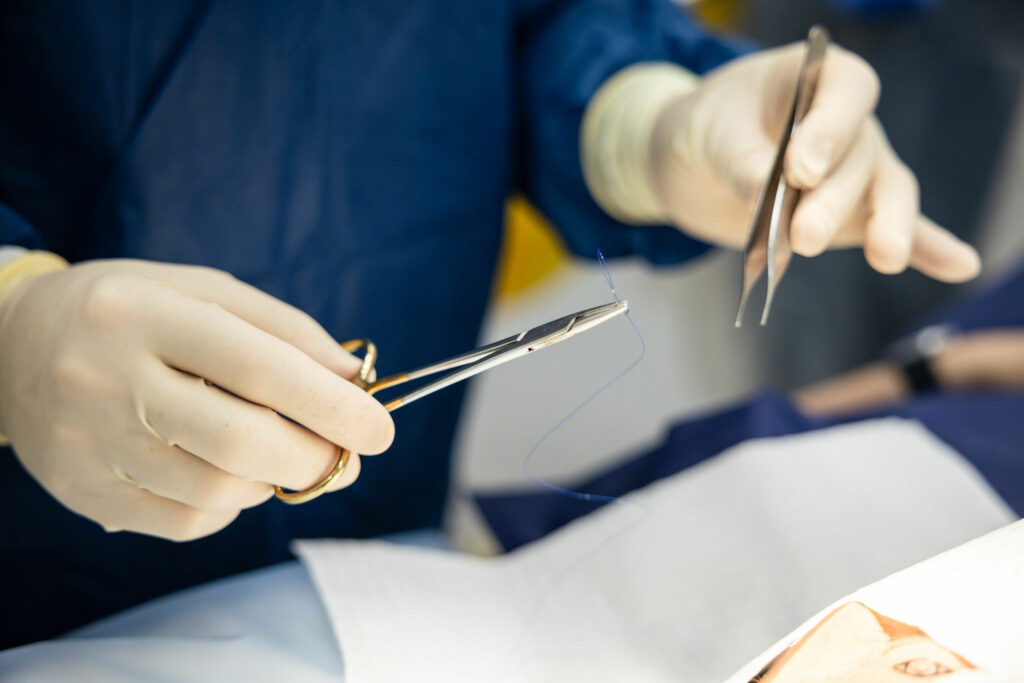Mohs Surgery

The Mohs micrographic surgery technique is performed by Dr Stanford at Wollongong Day Surgery.
Mohs is used to better manage recurrent or incompletely removed skin cancers or those untreated skin cancers that have a high risk of recurrence or incomplete removal. It is most commonly used to treat basal cell carcinomas (BCCs) and squamous cell carcinomas (SCCs) on the head and neck, hands and feet and anogenital areas. However, there is a niche role for rarer or more complex skin cancers on the trunk and limbs. Although a few centres worldwide are set up to manage specific melanoma types (in particular, lentigo maligna) with the Mohs technique, Dr Stanford uses other margin control methods to address these. Consultations to discuss the suitability for Mohs surgery are conducted at the Kiama rooms.
More information about Mohs Surgery can be found below;
When is Mohs Micrographic surgery recommended?
Recurrent tumours
Incompletely excised tumours
Clinically indistinct borders
Sites at higher risk of 1. and 2. (e.g. facial ‘H zone’ BCCs, lip SCCs)
Larger size (> 2cm diameter, > 1cm on face)
Histological subtypes at higher risk of 1. and 2.
a. BCCs: infiltrative, morphoeic, micronodular and basisquamous
b. SCCs: moderate to poorly differentiated
c. Perineural invasion
Rarer skin cancers
a. Sarcomas, especially dermatofibrosarcoma (DFSP)
b. Appendage carcinomas (e.g. sebaceous or microcystic adnexal carcinoma)
Patient factors (e.g. immunosuppression from diseases or medications)
Courtesy of: Stanford D, Storey S. Dermatologic Surgery: A Manual of Defect Repair Options, McGraw Hill (2nd edn): 2023

